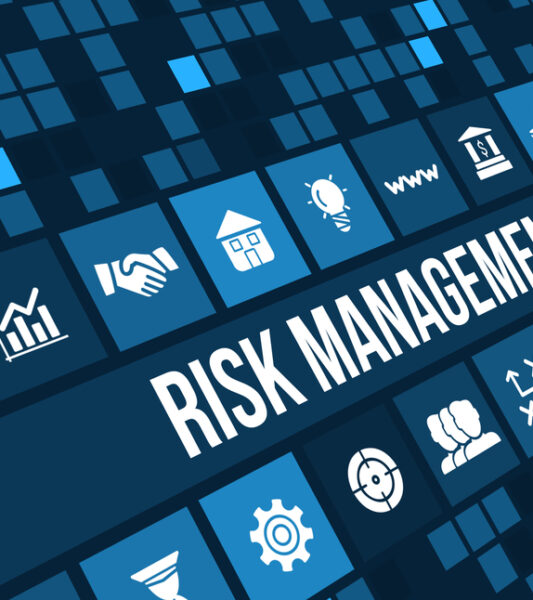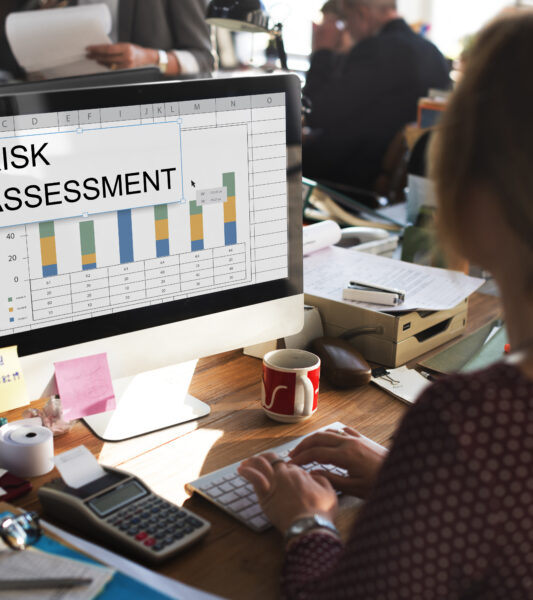Resources
Risk-Based Compliance
Stay ahead of financial crimes with risk-based compliance. Learn how AML professionals can foster a risk-aware culture,...

Inherent Risk
Inherent risk refers to the level of risk inherent in a business or industry that can potentially...

Money Laundering Risk Indicator (MLRI)
Discover how the Money Laundering Risk Indicator (MLRI) enhances risk assessment, resource allocation, compliance, and detection of...

Intra-group Transfers in AML
Managing intra-group transfers in AML requires a comprehensive approach. Delve into the complexities of risk assessment, enhanced...

Step-by-Step Guide to AML Risk Assessment
In the world of finance and business, the term 'AML Risk Assessment' is more than just a...

Financial Information Sharing Partnerships (FISPs)
Step into the world of Financial Information Sharing Partnerships (FISPs) and harness the power of collaborative information...

Compliance Risk Matrix: AML Professional Guide
In the dynamic world of Anti-Money Laundering (AML) regulations, staying ahead of compliance risks is crucial for...

Adverse Media Screening
In this edition, we will discuss the importance of Adverse Media Screening, its definition, practical examples, statistics,...

Non-Cooperative Countries or Territories (NCCTs)
In this edition, we will delve into the significance of Non-Cooperative Countries or Territories (NCCTs), its definition,...

Source of Funds (SoF)
In this edition, we will delve into the significance of Source of Funds (SoF), its definition, practical...
